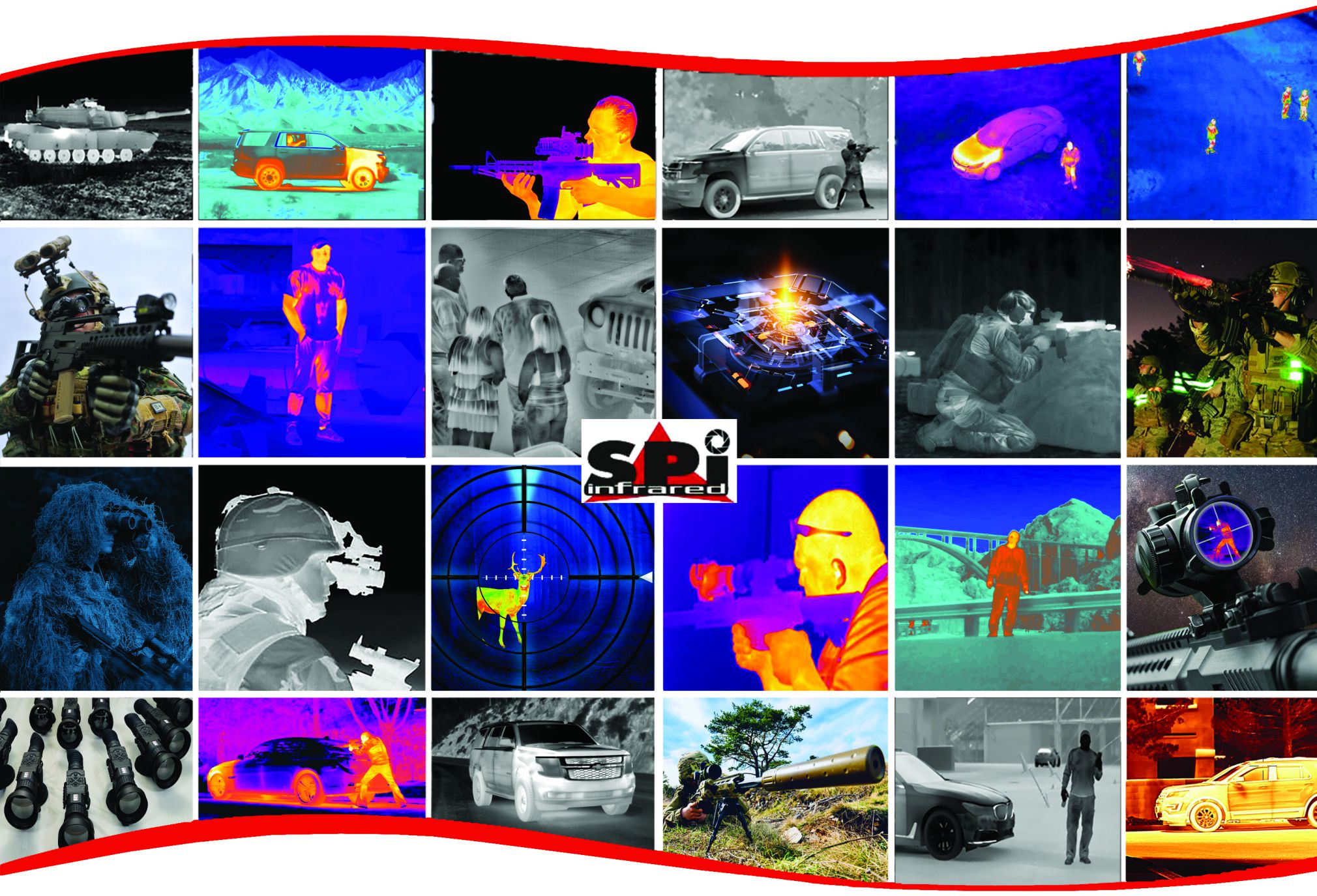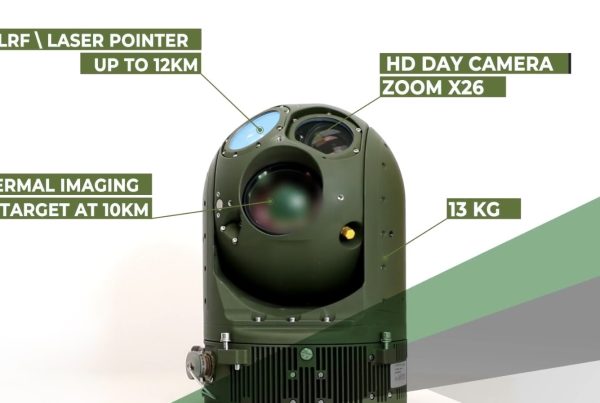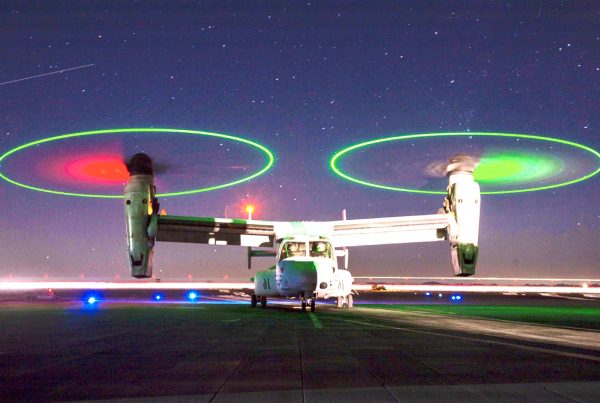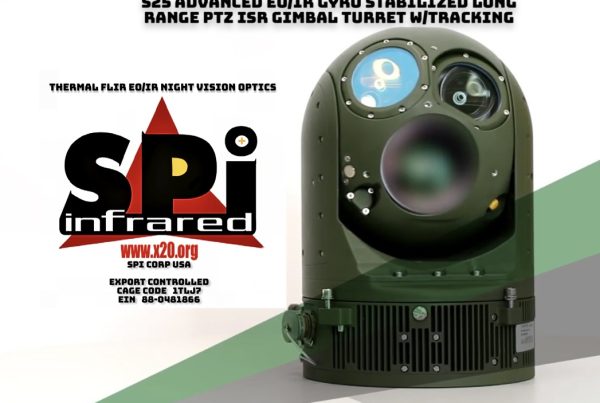Predator and hog hunters licensed to now use thermal scopes and night vision scopes in Pennsylvania.
Legislation to allow hunters of predatory animals to use thermal and night vision equipment is now law in Pennsylvania.
This legislation, House Bill 1188, was sponsored by Rep. Parke Wentling.
 “Relaxing restrictions on the use of thermal imaging scopes and night vision scopes has the potential to usher in a new frontier of predator hunting throughout Pennsylvania,” said Wentling. “As many experts have made clear throughout the legislative process, the legal use of this equipment is a monumental game changer in ensuring maximum safety for predator hunters and effectively keeping predator populations in check to better protect preyed-upon wildlife, livestock, pets and personal property.”
“Relaxing restrictions on the use of thermal imaging scopes and night vision scopes has the potential to usher in a new frontier of predator hunting throughout Pennsylvania,” said Wentling. “As many experts have made clear throughout the legislative process, the legal use of this equipment is a monumental game changer in ensuring maximum safety for predator hunters and effectively keeping predator populations in check to better protect preyed-upon wildlife, livestock, pets and personal property.”
Act 41 of 2020 amends the Game and Wildlife Code by removing the statutory restriction on the use of a sight or scope that can transmit or project light, infrared, ultraviolet, radio, thermal, ultrasonic, particle, or any other beam outside of a sight or scope onto a target.
Mick Borland, a predator hunter from Platea, brought the need for this thermal scopes and night vision scope equipment to the attention of Rep. Wentling.
“I applaud Rep. Wentling for authoring legislation to expand the possibilities for predator hunters to more effectively hunt at night and dramatically level the playing field between predator species and prey.” Borland said.
The Pennsylvania Game Commission is responsible for regulating the use of thermal scopes and night vision scopes.
Hunting with the aid of energy beams sounds like shore leave recreation on “Star Trek.” But a legislative bill signed into law last week by Gov. Tom Wolf will permit Pennsylvania hunters to advance, not quite that far, into the future.
The beams will not zap animals. They are the invisible rays emitted from high-tech telescopic sights to provide hunters with night-vision shooting capability. After several years of debate in the General Assembly, House Bill 1188 repealed a law that had banned the hunting use of optics that “project or transmit any light beam, infrared beam, ultraviolet light beam, radio beam, thermal beam, ultrasonic beam, particle beam or other beam outside the sight or scope onto the target.” The law will take effect near the end of August; regulation of the technology used by hunters will be overseen by the state Game Commission.
“The new law enables the Game Commission to regulate night vision scopes, thermal rifle scopes and other previously prohibited optics,” said Travis Lau, spokesman for the agency. “It doesn’t mean that they will be allowed for any particular season, so it will be up to the agency – ultimately the board of commissioners – to decide whether night-vision scopes are allowed and in what capacity.”
Mr. Lau said commissioners don’t have a timeline for regulatory change, but public discussion is expected at the commission’s next meeting in Harrisburg on July 24-25, barring a scheduling change due to COVID-19 precautions.
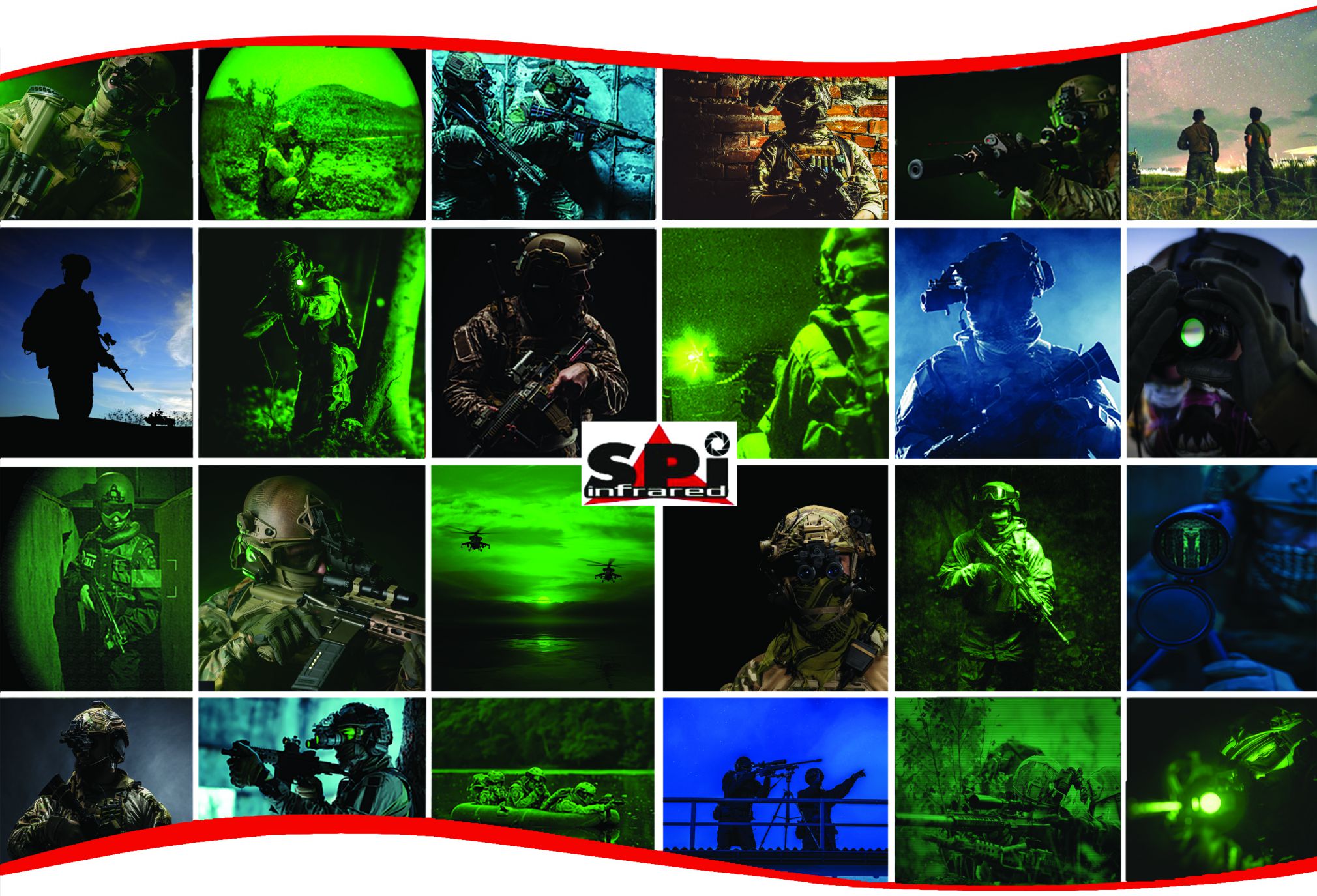
Conventional scopes maximize ambient light entering the front or objective lens. Like electronic rangefinders, the newly approved scopes emit a signal that is reflected off the target, collected and presented with a crosshair or other reticle when viewed through the eyepiece. Night-vision scopes amplify light collected from the target. Thermal scopes provide imagery through the use of infrared light. In a number of states, beam-emitting scopes are legal only in limited hunting situations.
Don’t expect midnight buck hunts. The Pennsylvania law has its sights on coyotes.
“The use of this equipment would greatly benefit predator hunters here in the commonwealth in helping to control populations of predator species, especially coyotes, whose population numbers continue to increase regardless of the fact that they can be hunted 24 hours a day, nearly 365 days a year,” state Rep. Parke Wentling, R-Erie, said in a memorandum attached to the bill, which he sponsored. “Predator populations must be kept in check to help protect livestock, pets, personal property and further help ensure the personal safety of our constituents.”
Coyotes live up to their reputation as wily and elusive. The Eastern coyote is a crossbreed of Western coyotes, grey wolves and domestic dogs that originated in southern Canada at least 150 years ago. It expanded its range through New England and reached maximum population density in Pennsylvania more than a decade ago.
Hunters kill some coyotes when they spot them while hunting for other species, but serious varmint hunters legally attract them at night, often using prey calls to lure them into areas illuminated by colored lights. Gun-mounted lights are legal for hunting. They do not project a laser light beam, according to Hunting and Trapping Digest.
The Pennsylvania Federation of Sportsmen and Conservationists released a statement supporting the new law.
“Updating and allowing the use of the most current technology continues to bring Pennsylvania into hunting standards associated with the 21st century,” stated Harold Daub, the group’s executive director. “These night vision, thermal imagery and other sights used primarily for predator hunting will allow for confirmation of safe and legal targets as well as increased accuracy.
Joshua Prince, a Berks County attorney specializing in firearms law, said HB 1188 is a matter of hunter safety.
“This is a monumental step forward in the protection of hunters, as many forms of game can or can only be taken at night and permitting the use of thermal Scopes and night vision Scopes will ensure the safety of those hunters,” he said.
While the bill was being debated last year, Rep. Keith Gillespie, R-York, chair of the House Game and Fisheries Committee, said some people were concerned that poachers would abuse the night-vision and thermal scopes. The Game Commission was expected to be explicit in language regulating use of the scopes for coyotes and perhaps other furbearers only, he said.
Progress in electronic optics technology has exploded in the last 10 years. Some night-vision Scope technology is legal to possess in Pennsylvania but until now was banned for hunting. Like some firearms, advanced beam-emitting scope technology may be possessed by U.S. citizens only with federal approval. Transferring it to noncitizens is illegal.
It doesn’t stop with night vision. Features on some high-end digital scopes include a built-in rangefinder, high-definition camera and live-streaming video, Bluetooth communication and 18 hours of battery life. Some thermal imaging night vision scopes have internal ballistics calculators or plug into computers to make sniper-grade shots up to a mile possible.
The Game Commission is expected to be conservative in exercising its regulatory discretion on beam-emitting scopes

